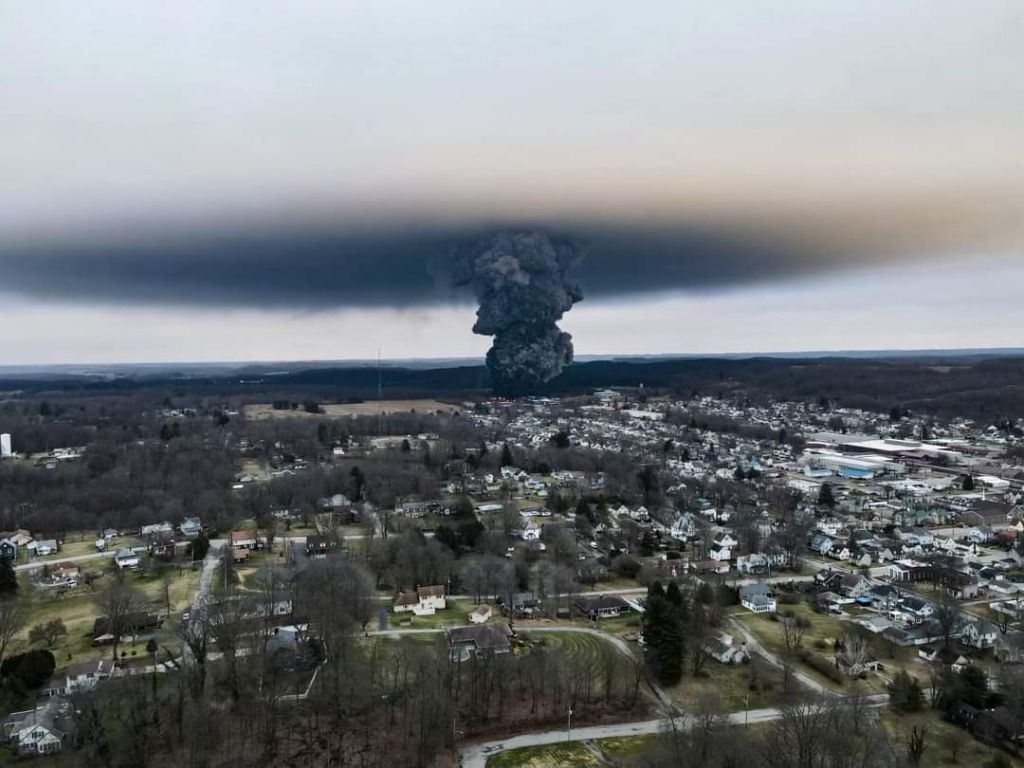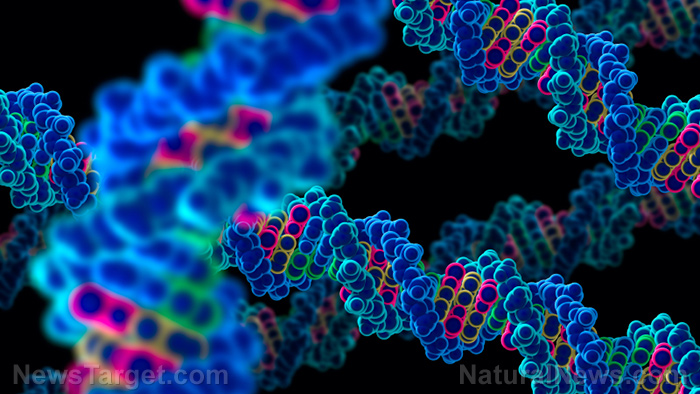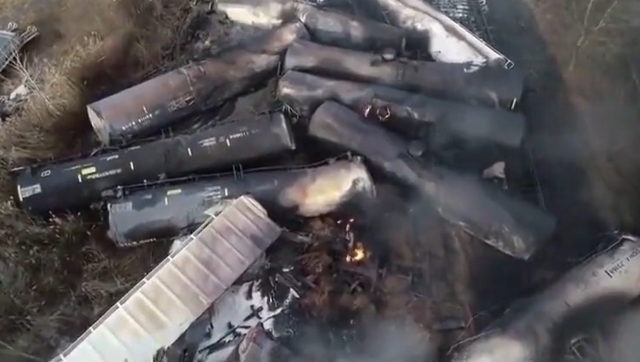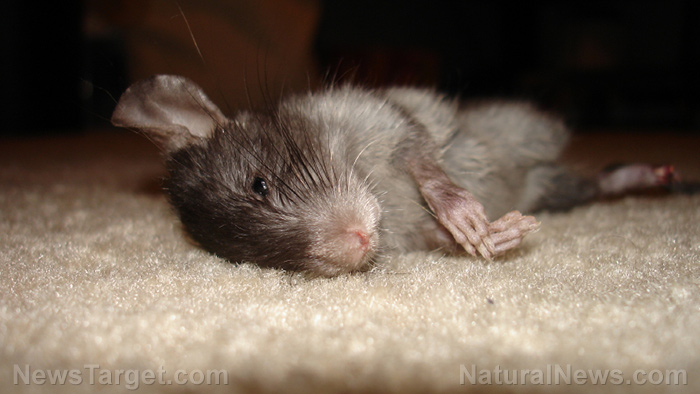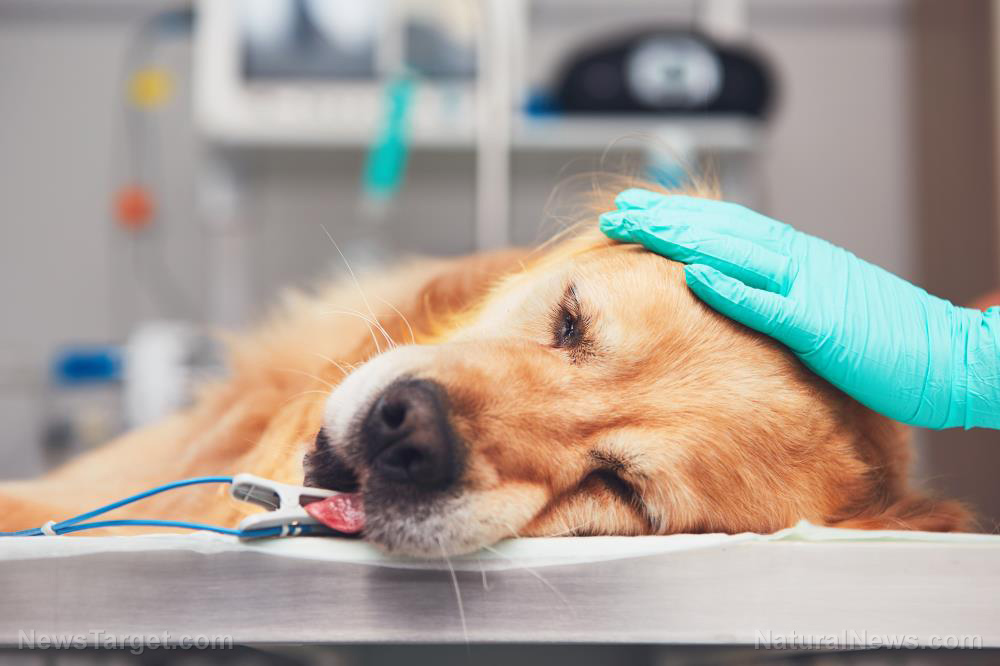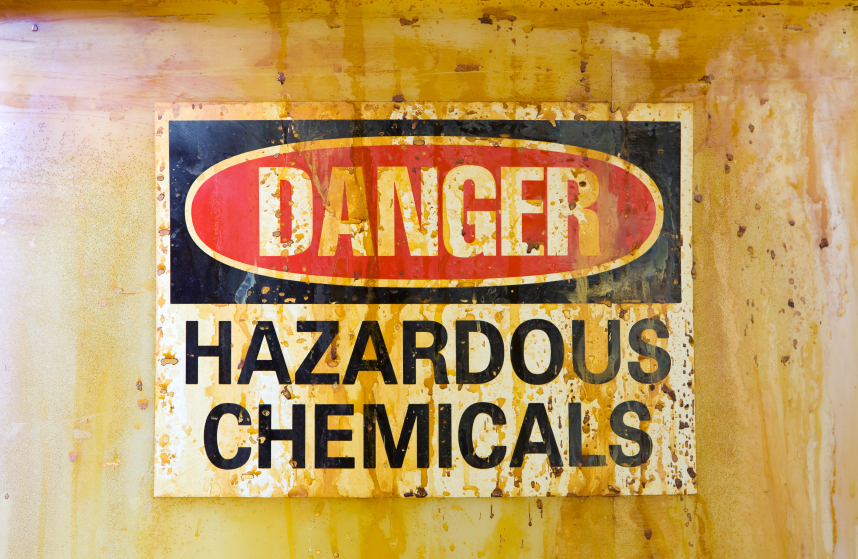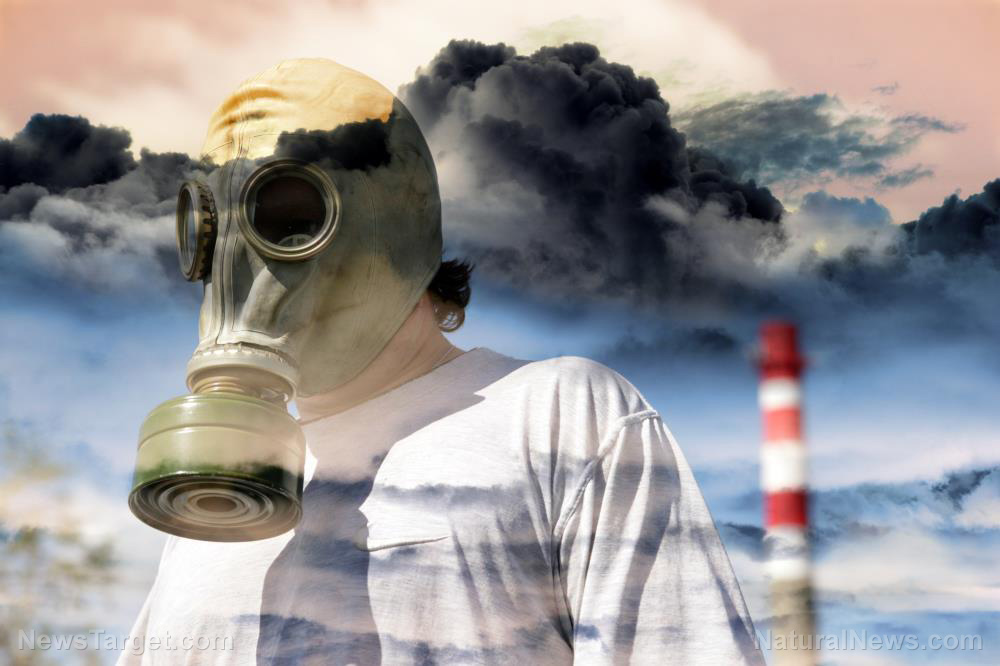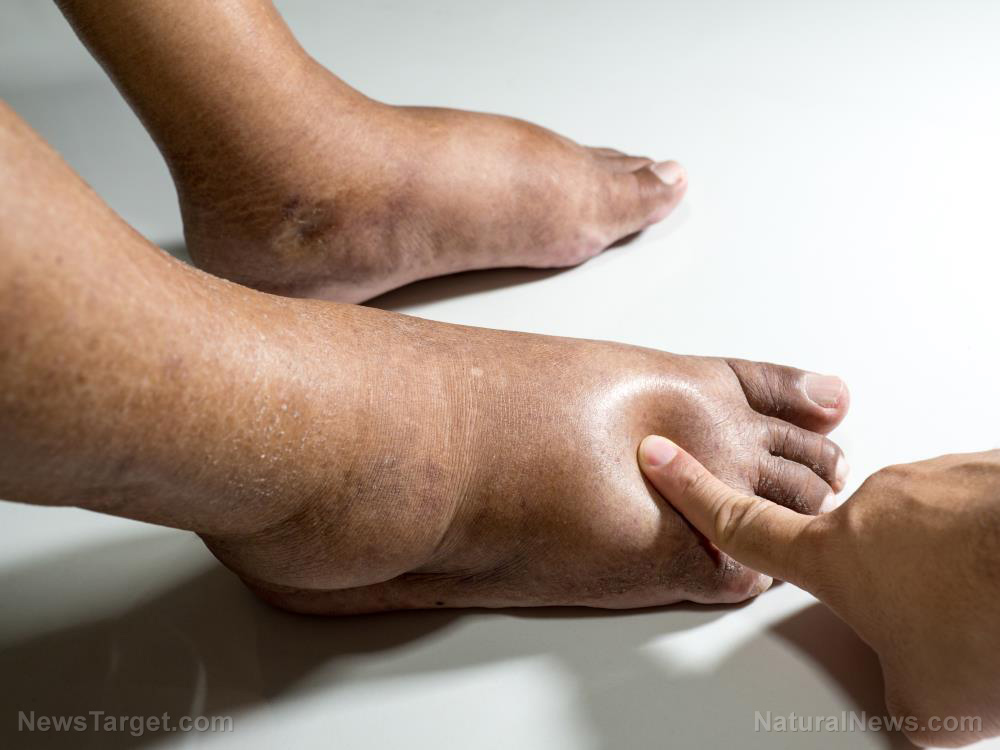France’s national health agency says that disposable baby diapers contain dangerous chemicals
03/28/2019 / By Cassie B.

New parents have plenty to worry about when it comes to keeping their babies safe. However, even those who are able to breastfeed exclusively and invest in baby gear made from the safest materials often draw the line at using cloth diapers. For some, it’s the extra work involved in laundering, while others balk at the prospect of dealing with the unpleasant content of full cloth diapers. However, even if you are willing to overlook the environmental ramifications of using disposable diapers in favor of the convenience they offer, you can add a new worry to your list: The national health agency of France has found dangerous chemicals in diapers.
According to a report published by the French Agency for Food, Environmental and Occupational Health & Safety (ANSES), the presence of several hazardous chemicals has been detected in disposable diapers that can make their way in to urine and sit in prolonged contact with babies’ sensitive skin.
ANSES identified more than 60 different chemicals in its report. Some of the pesticides it found, such as quintozene, hexachlorobenzene, and lindane, have been banned in the EU for more than 15 years. PCBs and dioxins were found, as well as volatile organic compounds like styrene, dichlorobenzenes, naphthalene, and toluene. Chemicals that are normally found in diesel engines and cigarette smoke, polycyclic aromatic hydrocarbons (PAHs), were also found.
Another chemical they discovered in the diapers is glyphosate, which isn’t surprising when you consider that the “probable carcinogen” has made its way into so much of the food we eat, the air we breathe, and the water we drink.
Although this particular chemical didn’t exceed “safe” limits, many believe such limits were set based on false information that made it appear safer than it is. It’s currently facing a ban in France and is at the center of hundreds of lawsuits in the U.S. from cancer patients, with jurors awarding millions in cases like that of a school groundskeeper who developed terminal cancer after exposure to glyphosate.
Some of the chemicals discovered are known to be endocrine disruptors, reproductive toxins, carcinogens and mutagens, and their dangers extend far beyond the irritation you might see on your baby’s skin.
In fact, the agency listed several chemicals that were found to exceed the health thresholds based on realistic use conditions – the average of 4,000 diapers that babies go through between the ages of 0 and 3 – including fragrances like Lyral and Lilial, which were added intentionally, as well as PAHs.
French agency demands diaper manufacturers make improvements
ANSES said it’s impossible to rule out the possibility of a health risk from these diapers. They asked diaper makers to come up with a plan for removing the substances within 15 days of the report’s release, but they’ve allowed them to take up to six months to put procedures in place that will eliminate the chemicals from the diapers.
Of course, there’s no need to wait for the diaper makers wherever you happen to live to get on board. Their main concern is profits, not your baby’s safety and health. Consider investing in cloth diapers, which may cost more up front but can save money over time. They also offer additional benefits over disposable diapers beyond price and reducing chemical exposure, such as fewer rashes and leaks, not to mention less plastic headed for landfills. There’s also the fact that many babies who use cloth diapers potty train earlier because they’re more aware of the sensation of wetness.
Disposable diapers sound great in theory and were certainly a welcome advancement when they were first invented, but all that convenience certainly isn’t worth exposing your baby to a slew of toxic chemicals.
Sources for this article include:
Submit a correction >>
Tagged Under:
babies, chemicals, child health, cloth diapers, dangerous chemicals, diapers, disposable diapers, glyphosate, products, toxins
This article may contain statements that reflect the opinion of the author
RECENT NEWS & ARTICLES
COPYRIGHT © 2017 CANCER CAUSES NEWS




